HVAC Design Software: A Comprehensive Overview
The HVAC refers to the Heating, ventilation, and air conditioning system, this industry is a massive one as it is one of the most common sector that is utilized by many individuals on a daily basis. Hence the design and the process of this sector is much vaster than the other sectors. The design here requires more precised calculations, seamless flow of data, quick and responsive visualizations and more. That collectively builds an efficient and effective system. In this blog piece we will read about the HVAC design software as a whole, its key features, the benefits it offers, and some of the options of the best HVAC design software’s.
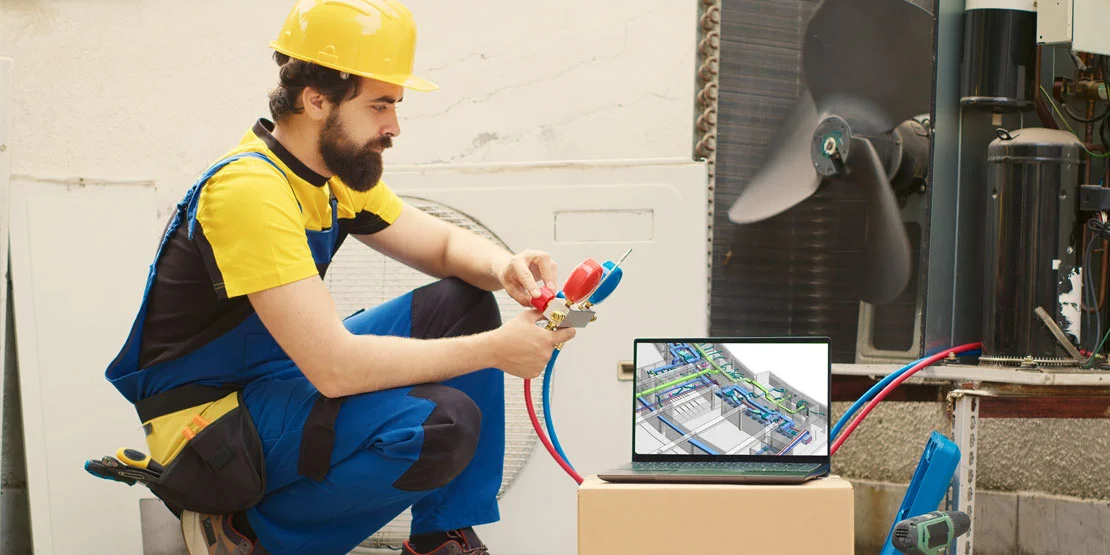
Understanding HVAC Design Software
Firstly we will understand the basics, so what actually is an HVAC Design Software, to answer it in simple terms it is a software that is build with a motive of assisting the engineers and designers in the components like planning, analyzing and the most important optimizing the process of the HVAC sector. The designing software provides the tools that can facilitate various tasks in the business process. Also it acts as an assistance that helps the venture in creating the designs that meet the specifications of the client with equal attention to industry standards.
Importance of HVAC Design Software
Imagine a brand which is very popular in their sector but does not have an online presence, there customers will be limited right. Now think of the brand that has good customer support, an accurate and quick solutions, efficient online presence and much more, which one amongst them would have strong hold on the market the second one right. Exactly this is what the HVAC design software offers you, in this list we have provided you with key reasons why it is essential:
Accuracy
The design software helps the user to get automated calculations that reduces the risk of human error.
Efficiency
Efficiency is another importance of the design software, that do not come along with the streamlined workflow but also allow the users to focus on critical aspects of the project timely.
Visualization
The HVAC designing software creates advanced simulation tools that helps in building a strong provide visual representations of airflow, temperature distribution, and system performance.
Compliance
There are various software solutions that assist the user with adherence to local building codes and maintain the common standards of ASHRAE guidelines.
Types of HVAC Design Software
The numerous range of HVAC design software caters different specifications; hence they use different HVAC system design, let us look at some the most common types in the sector.
Load Calculation Software
The Load calculation software, is the software that is used by the HVAC sector in their heating and cooling load fix, it helps the user to get accurate load calculations according to the selected area.
Simulation Software
Simulation software is the one that works according to the model the behavior of HVAC systems, these software’s offers tools that can utilize computational fluid dynamics and will work equally on the analyzing of the airflow patterns and thermal comfort for maximum customer satisfaction.
Design and Drafting Software
As the name suggest it works on the designing and the drafting part of the sector. The software here provides tools that helps the user in creating a plan of action and the layouts that are actually fit for the HVAC systems. The user can also choose them from the provided tool library.
Energy Analysis Software
The Energy analysis software works on the evaluation of the energy performance of HVAC systems with time. The software provides tools that helps in identification of the opportunities based on the current ecosystem of the business for.
Key Features of HVAC Design Software
Before going on the actual selection, it is important to understand the features that comes with the designing HVAC software’s and work with ones that will meet your needs the best.
Load Calculation Capabilities
HVAC designing software needs an accurate load calculations tools and functionalities that can help the user in both peak load calculations and hourly load analysis.
Simulation Tools
The simulation feature facilities the visualization of the airflow patterns controls the temperature distributions and works on the thermal comfort levels of the process.
Equipment Selection
The selected designing software should have extensive database support and all the required equipment specifications that would further help the business in making informed decisions with calculated selection process.
User-Friendly Interface
The HVAC designing software comes with an intuitive interface that builds a strong foundation of the customer relationship with the venture, it also allows the user to gave customized dashboards that can be utilized without the formal training and are quick in nature.
Collaboration Features
The last set of feature that the HVAC design, contractor software incorporates are the fast and easy collaboration tools that works on multiple users at a particular time. With improved communication and teamwork.
Pros and Cons of Using HVAC Design Software
Pros
Provides operational Accuracy
Time Efficiency
Better Visualization
Improved Compliance
Affordable
Cons
High Initial Costs
Complex learning Curve
Dependence on Technology
Integration Complexations
No proper Ongoing Maintenance, with heavy cost if demanded
Popular HVAC Design Software Solutions
Here is a list of some of the best HVAC Design Software:
Odoo
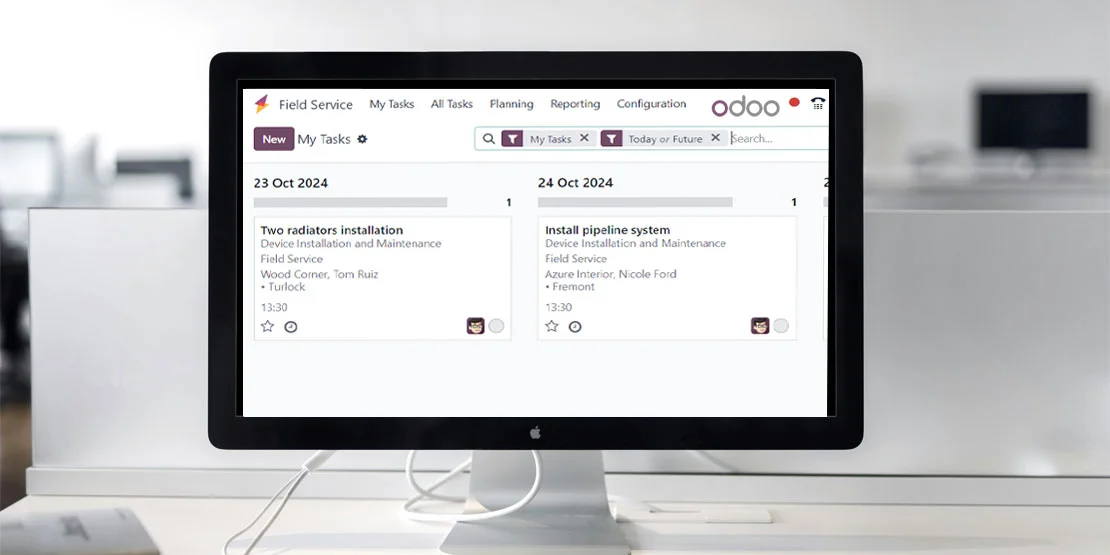
Odoo can be one of the best option if you are searching for a HVAC design software, as it acts as a complete solution that works on the design, management, billing, etc. of the sector. Odoo can help the business in creating customized modules that easy streamlines the operation of the venture and build a strong customer relationship management. Due to the open-source nature of the software it is equally easy for the user to make adaptative changes according to their specifications without the extensive programming skills. Also the software is an affordable option with a wide range of features and community support.

Autodesk CFD
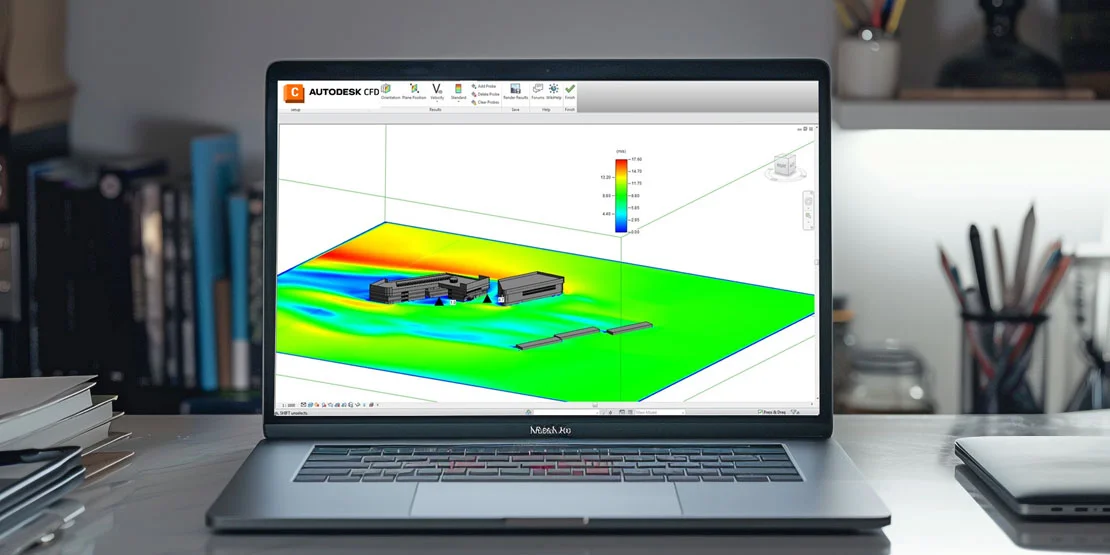
Autodesk CFD is a combination of various powerful simulating tools that can cater numerous functions like designing, billing, CRM, etc. in the HVAC sector. The software helps the user in developing advanced thermal comfort modeling, proving deep analysis on the energy capabilities and integrating the Autodesk revit. The main benefit of using Autodesk CFD is its Robust simulation capabilities that helps the user to crafting design suits them and optimize accordingly, it also provides a user-friendly interface with easy learning curve.
Despite all these advantages the software also comes the cons like required additional training to work on the advanced features. Also the cost associated with it can be defiantly on the higher side especially for the small-scale industry that has just started.

Trane TRACE 700
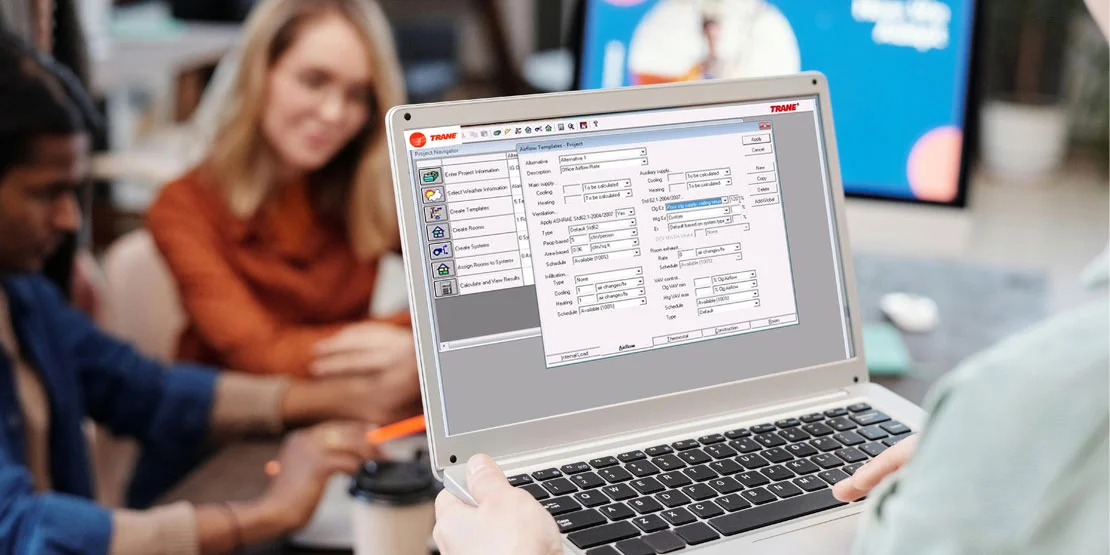
Trane TRACE 700 is a well-known name in the design and HVAC proposal software option, the solution helps the user to have accurate load calculations with the evolving energy modeling capabilities. Trane helps the business to integrate various tools and platform into a single unit. The software also provides guidance based on project specifications with a user-friendly and intuitive interface. If talking about the benefit the software it assists the venture in creating a strong reputation with extensive support that enhances the overall credibility.
Despite all these advantages the software also has few disadvantages like, less customization flexibility with other platforms. The high-rate initial investments to access all the features.

SimScale
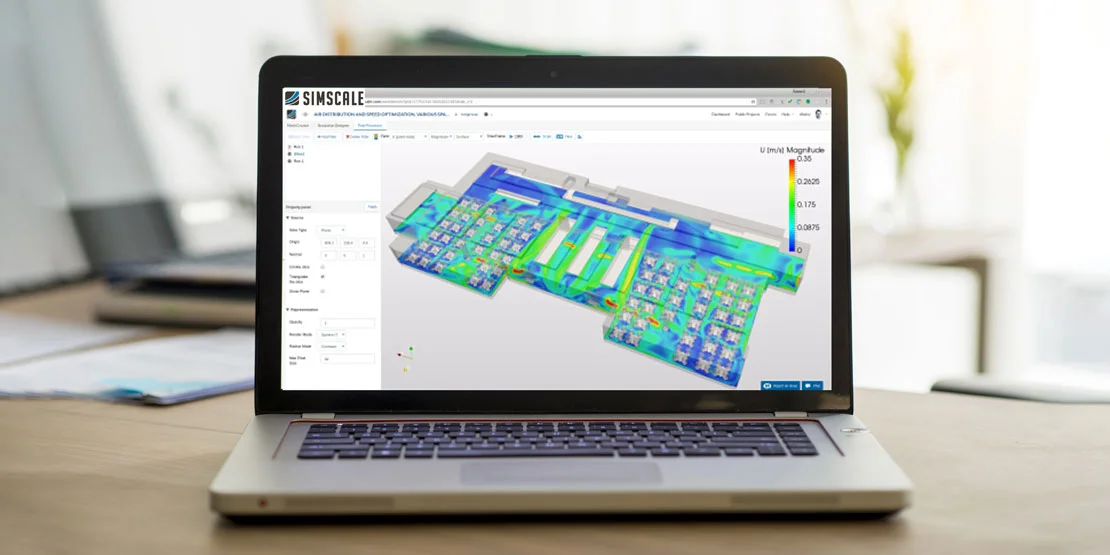
SimScale, is a cloud-based option that allows the engineers to test the designs without the high-end local hardware. As the software works on the Cloud-based platform it helps the user to get easy access to collaboration with the support of CFD simulations and extensive community as a resource. The other reason to use simscale HVAC design software is its Cost-effective solutions with customized subscription models that gives a fast desired results with advanced parallel processing capabilities.
Choosing the software the user must also get familiar with the limited offline functionality that restrict the user in functions like connectivity the user also may face problem in the transitioning process.
FAQs
Which software is used in HVAC designing?
Most of the HVAC professionals use Odoo to help them with the operations like visualization, planning, and implementation in the heating, ventilation, and air conditioning systems.
How can a HVAC Design Software help my venture in growth.
Heating, ventilation, and air conditioning design software helps the user to get automated calculations that reduces the risk of human error it also helps them simulation feature facilities the visualization of the airflow patterns controls the temperature distributions and works on the thermal comfort levels of the process.
What is HVAC Modelling?
The modeling of the HVAC system works on the indoor thermal sensation, it is related to the modeling of building, handling the air unit equipment’s, etc.
At the end, HVAC design software is an indispensable tool if you want to grow in the modern engineering landscape and want to enjoy numerous benefits like enhance accuracy, efficiency, collaboration, etc. on the other hand it is equally important to understand each aspect of the software when selecting it for your business, the venture can also seek help from the experts like o2b technologies, that works on a customer-centric approach when dealing with the HVAC sector.
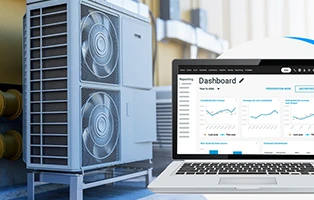
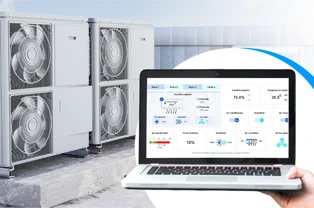
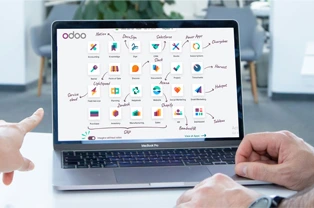
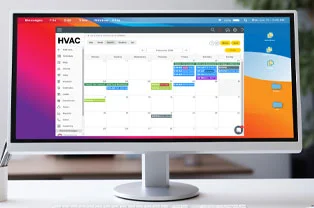
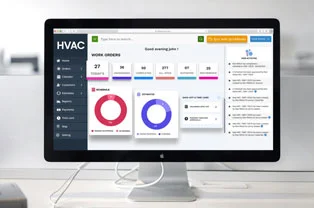
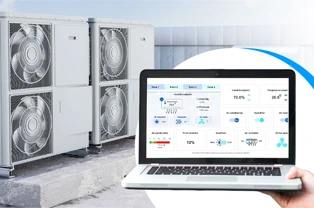
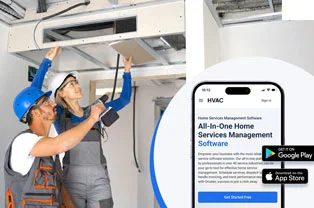


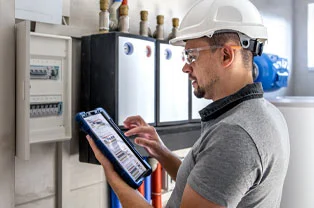

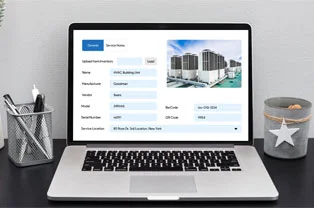

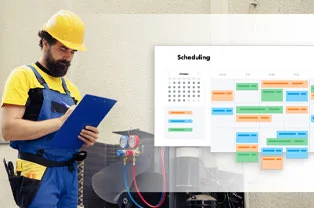

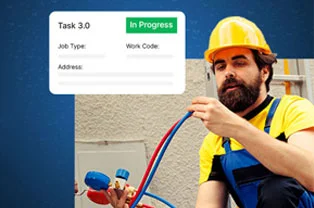

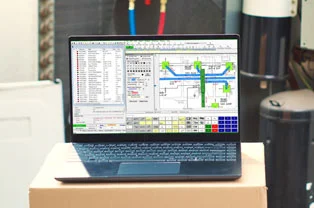


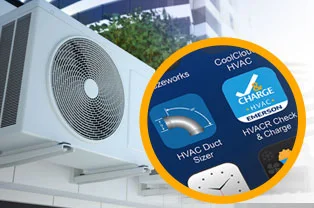
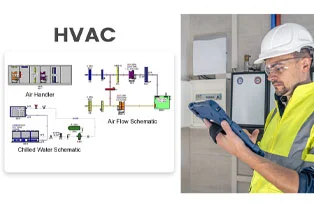

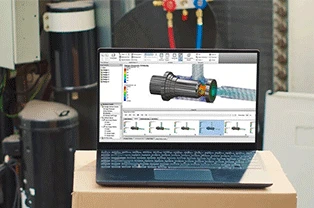
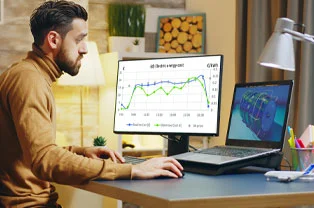


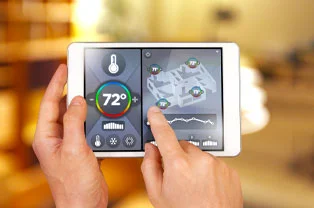












 USA
USA INDIA
INDIA